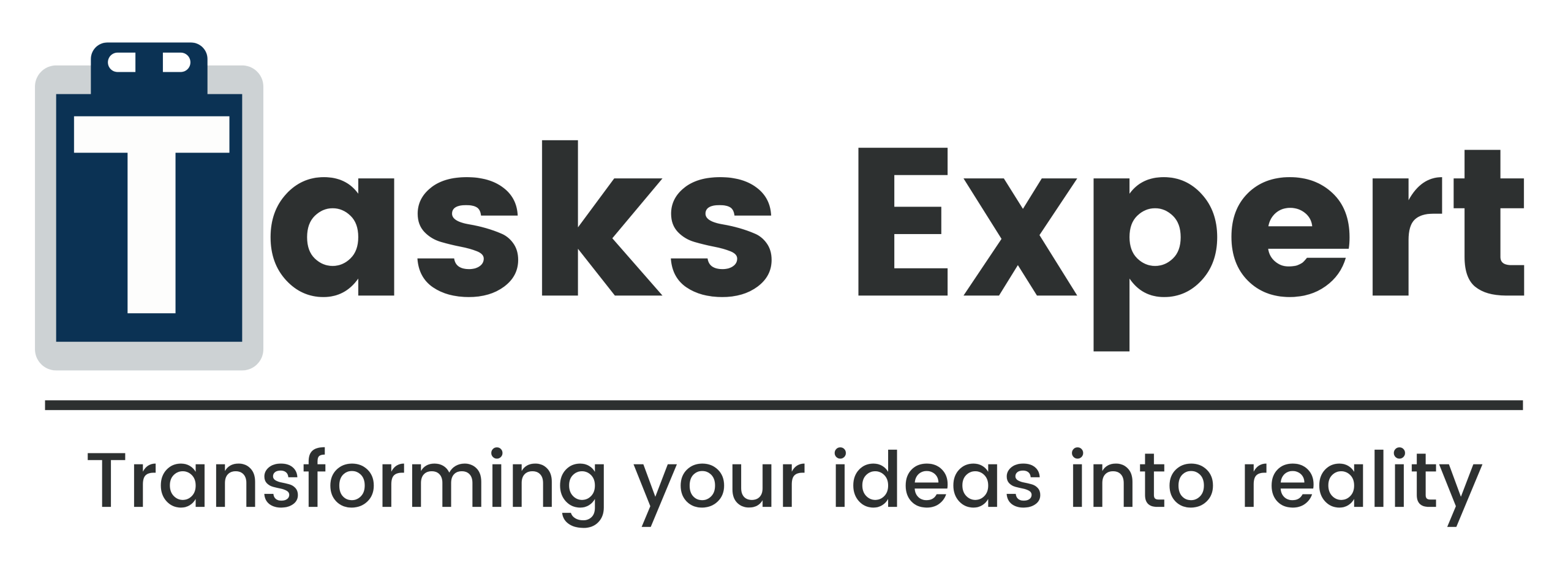Why Do You Need a Content Planning Tool in Marketing?
Companies usually have a difficult time producing high-quality content regularly in the current digital environment. Moreover, handling a content strategy without appropriate tools will be laborious and too challenging to implement. A content planning tool keeps one organized as well as on track throughout the entire process, from brainstorming to posting, and even scheduling as well.
We’ll explore the advantages of a content planning tool and how it will enhance your marketing endeavors in general in this article.
What is a Content Planning Tool?
A content planning tool is software that helps to plan, organize, and manage businesses their content effectively. From ideation and calendar development to post-scheduling and performance monitoring, enabling marketing teams to centralize all aspects of content creation.
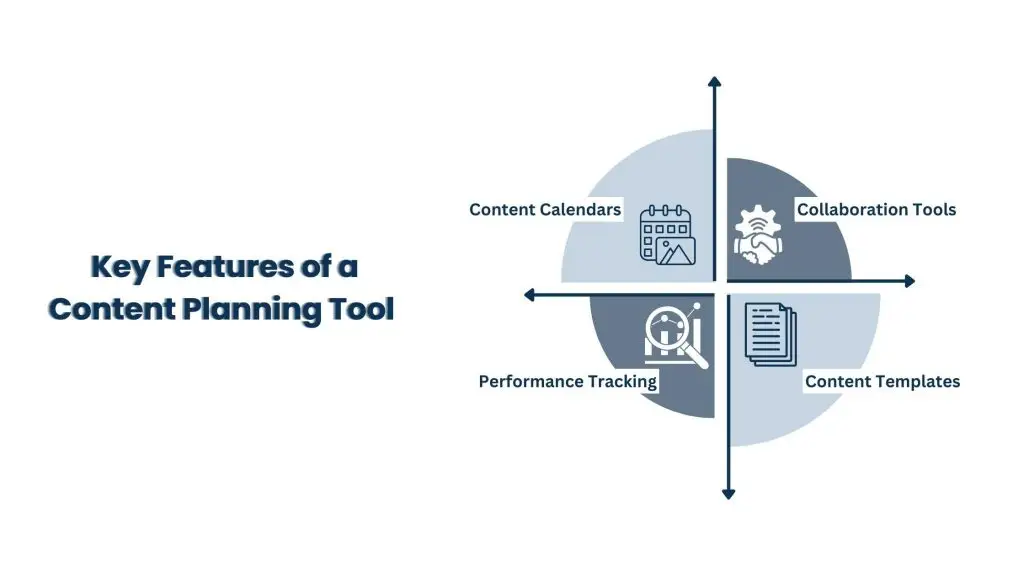
Key Features of a Content Planning Tool:
- Content Calendars: A visual calendar that ensures constant posting by scheduling videos, blog entries, social media updates, and more.
- Collaboration Tools: Additionally, teams can work together to create content, assign tasks, and monitor progress with the help of collaboration tools.
- Content Templates: Added to this, Readymade templates that ensure the easy preparation of blog posts, social media graphics, emails, and much more.
- Performance tracking: Analytics to measure how well your content is performing as well as what needs to be improved.
By using a content planning tool, businesses streamline content production, create consistency, and enhance their overall marketing efforts.
Also Read: Virtual Assistant Services in Famagusta
Centralized Organization and Streamlining With Content Planning Tool
Having your entire content strategy in a single system is one of the main benefits of adopting a content planning platform. From blog entries to social media updates and newsletters, a well-organized system facilitates the management of all kinds of information. A content planning tool streamlines this as it allows teams to plot out their entire strategy with everything aligned and organized.
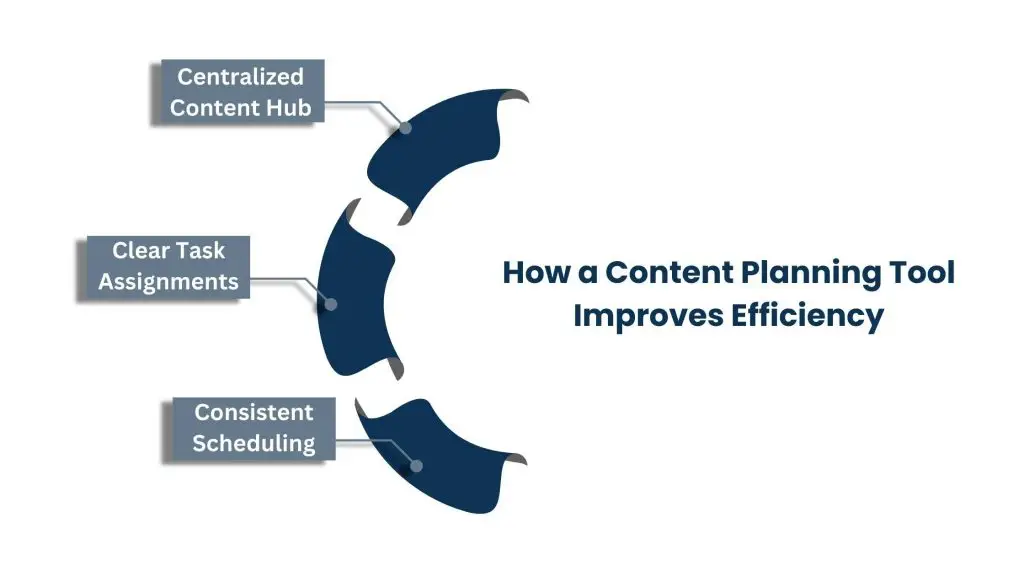
How a Content Planning Tool Improves Efficiency:
- Centralized Content Hub: For convenient access, keep all content concepts, drafts, and assets in one location.
- Clear Task Assignments: Assign team members assignments along with exact deadlines. In order to track their progress keeping everyone on the same page.
- Frequent Scheduling: You may avoid gaps in your content strategy, ensuring consistent results across all platforms by organizing posts in advance.
Teams can create content more quickly and maintain focus on their marketing objectives when everything is accessible and well-organized.
Streamlined Collaboration and Workflow with Content Planning Tool
Collaboration between the marketing department, design department, and content writing teams, is necessary for effective content marketing. Moreover, teams need to work together more easily and stay on the same page when producing content, using a content planning tool.
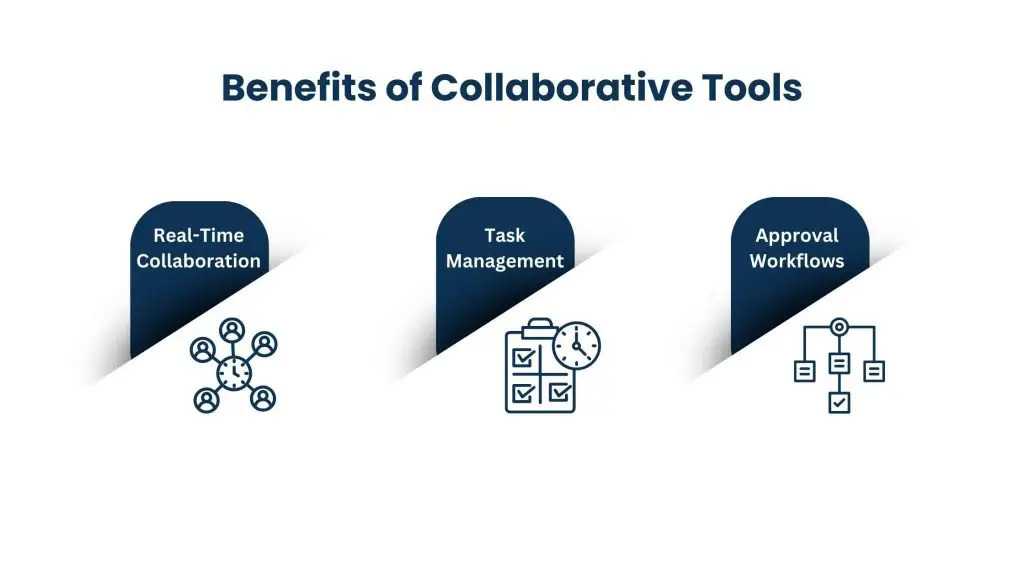
Advantages of Teamwork Tools:
- Real-time collaboration: Teams may collaborate on content drafts, and provide feedback. This not only makes changes instantly but also speeds up the approval process.
- Managing tasks: To ensure that nothing is overlooked, assign tasks to team members individually, establish due dates, and also to monitor progress.
- Protocols for approval: Establish protocols for content approval so that managers can review and approve content before publishing.
Teams may operate more effectively and generate higher-quality content by improving workflow and communication with the use of a content planning tool.
Consistent Content Output of Content Planning Tool
Consistently maintaining audience interest and building brand authority by simplifying the planning and scheduling of posts with the help of a content planning tool. Moreover, this guarantees that you can regularly provide original, pertinent material.
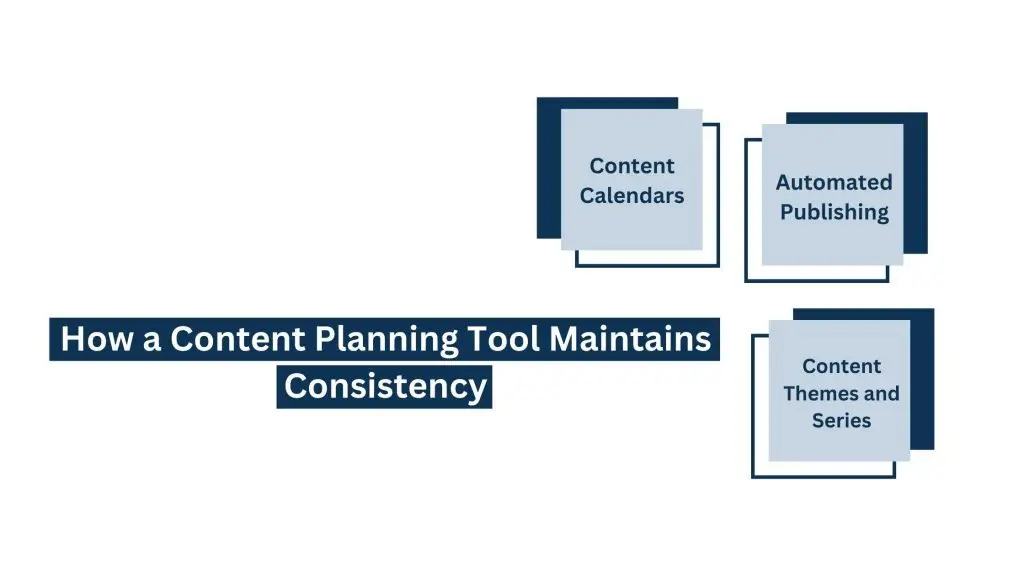
How to Ensure Consistency with a Content Planning Tool:
- Calendars of Content: In order to ensure that you always have a consistent flow of posts ready to go, schedule material weeks or even months in advance.
- Automated Publishing: By scheduling posts for automatic publication, you can do away with the daily requirement to manually post content.
- Content Themes and Series: To keep your audience interested and anticipating more updates, organize your material around particular themes or series.
Businesses may enhance SEO rankings, raise brand awareness, and also keep their audience interested by sticking to a regular content schedule.
Also Read: Virtual Assistant Services in Kyrenia
Tracking Content Performance
To specify and track the performance of your content to get value from a content planning tool. Analyze, through metrics like engagement, traffic, and also conversion. Furthermore, analyze the content that has the most impact on your audience. Hence, drive future content decisions with all insights.
Key metrics to track:
- Engagement Rates: It tracks likes, comments, shares, and many more, to know the actual success of your content toward its audience.
- Website Traffic: Analyze how much traffic the content is driving toward the website or landing pages.
- Conversion Rates: Track the conversion when a user performs an action- sign up for a newsletter or purchase after having interaction with your content.
- Content Reach: Determine the number of people exposed to your content through organic reach, paid ads, or social media.
By measuring these parameters, businesses can zero in on their content strategy and come up with more powerful, results-oriented content.
Aligning Content to Marketing Goals
An effective content strategy should always align with broader marketing and also commercial goals. Each content you create will have a purpose and be by your company’s objectives. Whether they be to increase sales, generate leads, or build brand awareness, thanks to a content planning tool.
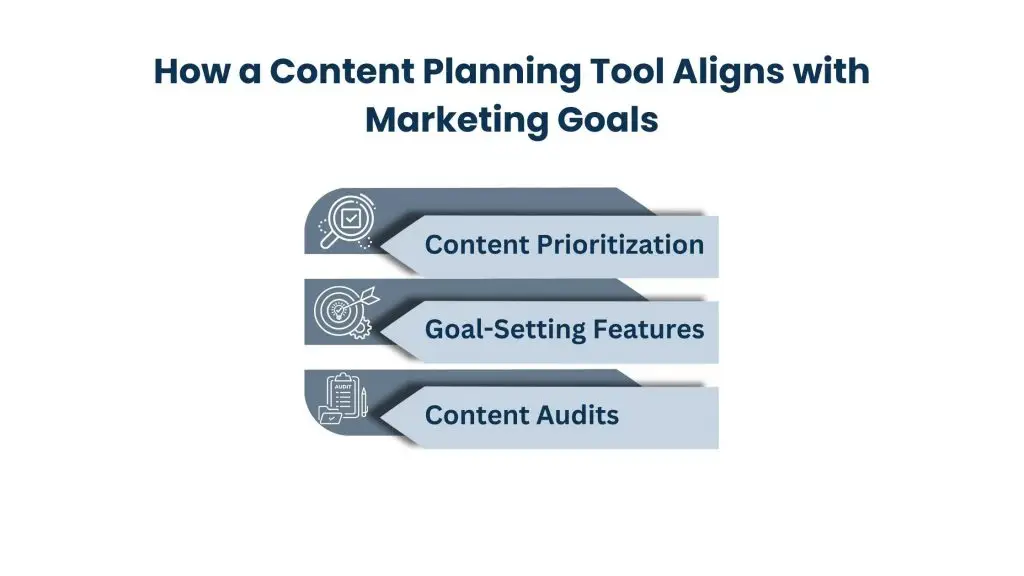
How a Content Planning Tool Aligns with Marketing Goals:
- Content Prioritization: Planning content around key marketing initiatives, be it product launches, or seasonal campaigns.
- Goal-Setting Features: Content-specific goals could include increasing traffic or engagement via social media and also measurement by each campaign.
- Content Audits: Periodic checks on the content for it to achieve marketing objectives as well as an impact from the same content.
With such a well-formulated strategy, a business can ensure that the content is going in a direction toward marketing objectives and also bringing measurable results.
Conclusion
To benefit from content planning, one should invest in a tool for content planning to streamline the content generation process, and increase organization, and overall effectiveness in marketing. These platforms give businesses structure and insights into executing a productive content strategy by using content calendars, collaboration tools, performance tracking, and also the alignment of goals.
With the proper investment in a content planning tool, businesses can easily create high-quality content that not only consistently attracts their targeted audience, but also is helpful for long-term marketing success.
About Us
Tasks Expert offers top-tier virtual assistant services from highly skilled professionals based in India. Our VAs handle a wide range of tasks, from part time personal assistant to specialized services like remote it support services, professional bookkeeping service etc. Furthermore, it helps businesses worldwide streamline operations and boost productivity.
Ready to elevate your business? Book a Call and let Tasks Expert take care of the rest.




